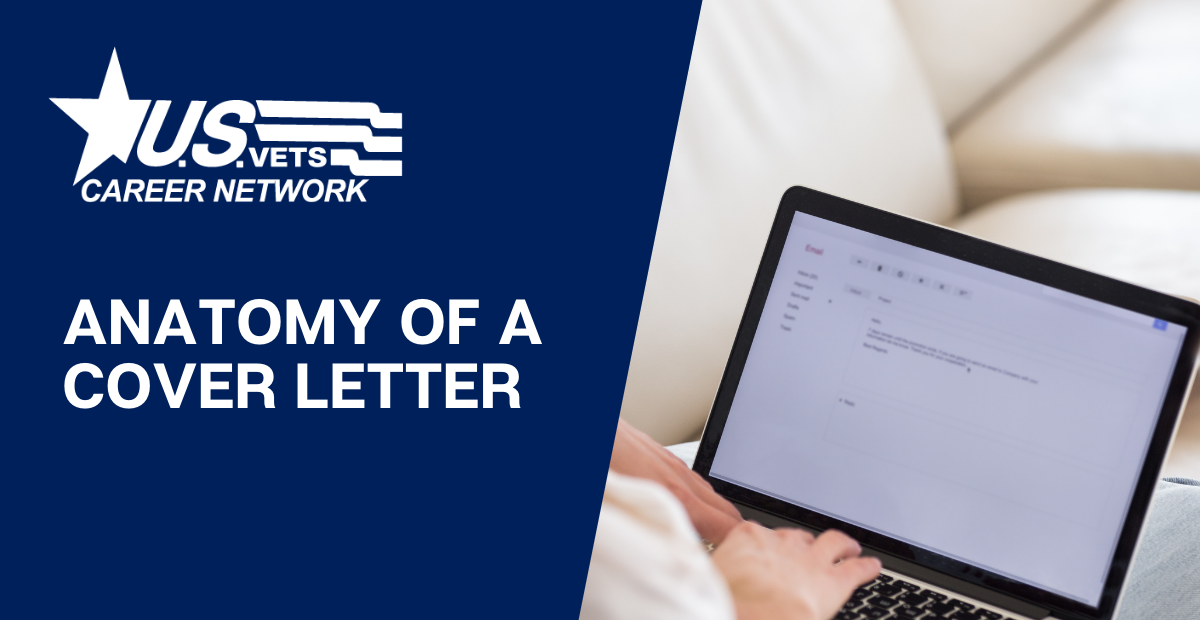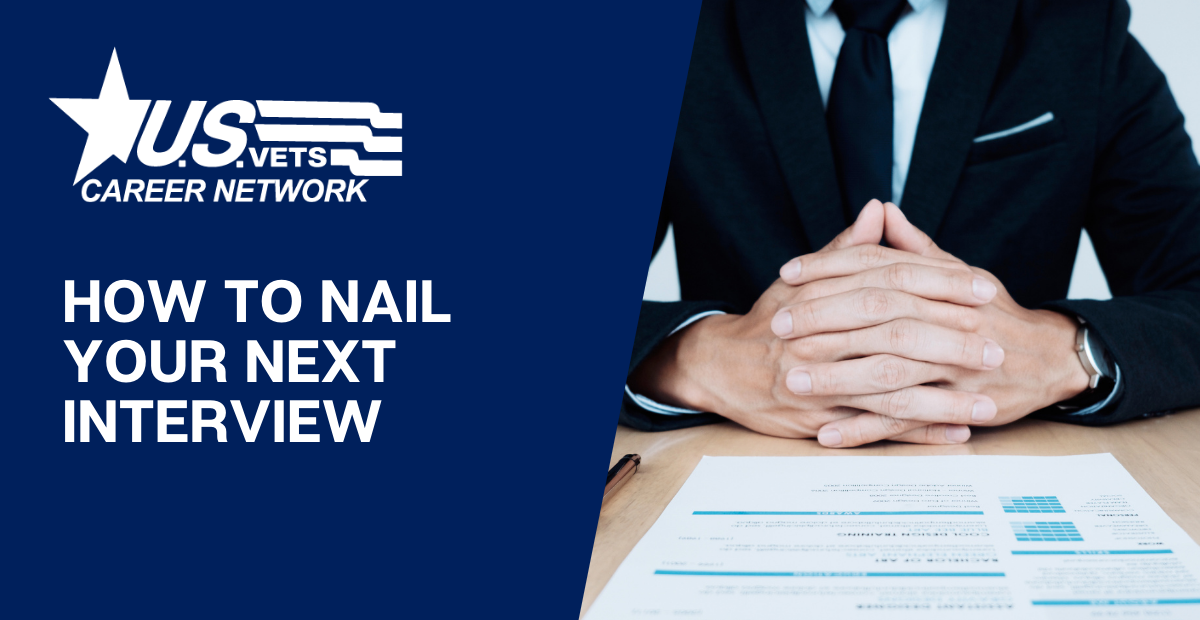Cover letters; they are designed to accompany to every application you submit, and each one you write could mean the difference between being chosen for an interview or passed over. Many clients I work with find cover letters confusing, and are not sure how to write one without sounding redundant to their resume.
A cover letter is different from a resume in that it takes on a narrative format, and goes into specifics, while a resume uses bullet points, and communicates generic accomplishments and quantifiable impact. It is essentially a short essay that you write as a way to demonstrate to the employer that you are the best candidate for the position, both in your professional and personal identity.
Today, most job seekers are applying to hundreds of openings a week. The idea of crafting a unique page-long narrative on your skills and experiences as well as specifics to the position and the company itself seems daunting to say the least. Is it a good use of your time to make unique cover letters for every position? The answer is both a yes and a no.
YES, you should always submit a cover letter when you apply to a position. I say this because most employers will use the cover letter as a means of “weeding out” unmotivated candidates. Some employers will include in the application that it is suggested, without being required, and then only pull applications that include a cover letter. Or, employers won’t put any note on the application, and still only pull applications that include a cover letter. By opting out of writing a cover letter, you’re willingly telling the employer that you don’t care about the job enough to take the time to submit more than a relatively tailored resume.
As I stated earlier, I understand why it seems like a waste of your time. In college when I was beginning my job search, I applied to several positons a week, and would take the time to write cover letters for every position. But after dozens of applications and barely a handful of responses from potential employers, I grew frustrated. Here I was, spending upwards of an hour to two on an application to tailor my resume and to write out a carefully written love letter to a company on why I’m a rock star candidate – and I wasn’t even getting selected for a phone interview! But I soon learned why I was not receiving responses – and it was not because I wasn’t a good fit for the positons.
I read several articles on cover letters, and looked at literature written by recruiters, hiring managers and other human resource and talent acquisition professionals about what they like to see in an application and what they can’t stand. I learned that my cover letters were too generic, and were not crafted in a way that communicated my value and my interest to the reader. Think about the last cover letter you wrote: Did it reveal unique aspects of your experience, personality and value, or simply reiterate your resume in narrative form?
Now, the NO portion of my answer is this: Writing a cover letter does not have to be a long drawn out process. And NO, you do not need to write a brand new cover letter for every application. You can craft a phenomenal cover letter using the below algorithm, and then you can “plug and play” the information you need to include for each application you submit. Similar to creating your general resume, and then tailoring it to the position description. This is similar to an Office Word template. You can use different details and apply your own unique style to the cover letter, but hit the key points I have outlined and I am confident that you’ll begin to see the difference in your job search.
1. Contact Information
Put the employers contact information at the top, and put your contact information in the header of your cover letter (name, email and phone number and address). This will save space on the page for you to write more in the body of your letter, and ensure that the reader sees that information first.
2. Addressing the Letter
Instead of putting “Dear Hiring Manager” or “To Whom it may concern” use LinkedIn to research and locate the hiring managers name to address them directly in the cover letter.
3. Introduction
Begin with how you found out about the position, and why you believe that you are the best candidate. You can also include how you have a personal connection to the company or industry. For example:
“I am writing in regards to the recent posting for {position title}. I was thrilled to hear about the role through LinkedIn, and I believe that I have the skills and qualifications you desire to meet the needs of a rapidly growing {industry, company, or specific initiative}. I am also personally passionate about {Industry, company, or role} and the impact that you have on each individual and on the community. “
4. First Paragraph
Speak to the main experience required of the position – and how you have become proficient in that skill or area. Mention a previous employer and reference a specific project you managed or achievement you had while performing in that role. For Example:
“The role notes a strong background in {Skill}. While working with {previous employer}, I managed {responsibility as it relates to skill). In my role I {main responsibilities and successes} occurring within {previous employer}. As your {position title}, I would feel comfortable managing multiple projects with competing deadlines and varying timelines.”
5. Second and Third Paragraph
Determine the remaining two or three skills required of the position, these are usually under the qualifications section of the position description. You may use one paragraph per skill, and reference different employers, or different responsibilities within the same employer. It is key to be specific about how you are knowledgeable and can perform the duties of the role, this is where you are citing specific projects or other details that would not normally be included in your resume. For example:
“The {position title} posting also noted that you prefer experience in {skill 1} and {skill 2}.
While managing {responsibility} at {previous employer}, I lead {role 1, as it relates to skill 1} I have {specific project experience}. I have experience in {specific experience as it relates to skill 1} I also have experience in {responsibility, as it relates to skill 1}.
In regards to {skill 2}, I have {specific project experience}. Within {role 2, as it relates to skill 2} I have also {specific project experience}. Specifically, I have {specific experience as it relates to skill 2} I bring a wealth of knowledge in {responsibility, as it relates to skill 2}.”
6. Bringing in Home
Now that you have cited your specific experience, knowledge and skills as they relate to the positon you are applying to, it is important to communicate your culture fit. Chances are that there are hundreds or even thousands of applicants who have similar skills and experience to you. So why should the hiring manger pick you? The closing paragraph is your chance to impress them with your research, and your personal relationship with the employer or industry. For example:
“{Company’s name} work means a lot to me personally because of the impact that it has in the community. By {specific achievement or mission statement of the company}, you are making a positive impact on the world. Overseeing {position title} for participants who will contribute to that mission is a role I would be very passionate about.
Personally, I can attest to the value of such work. {specific anecdote of personal attachment or passion you have for the company’s work or industry}. Whether it be {previous achievement}, {previous achievement}, or {previous achievement}, I aim to change the world one person at a time. I would be honored to be selected to interview for {position title} for {company name}, and I look forward to hearing from you”
Ending your cover letter with a call to action brings it to the attention of the reader that you are prepared to take on the challenge of the position, and are ready to be considered right away. You can also speak to how you can best be reached (email or phone) and when you are available to speak (Monday to Friday, or any day 9 am to 5 pm, etc.).
Remember that your cover letter is simply a chance to broaden the readers view of why you’re a good fit for the role, it is your chance to make specific references that will tie you to the company’s mission, values ad culture. Do not be afraid to make it personal, and show them why you are passionate about what you do.
Now, go out there and land your dream job!







